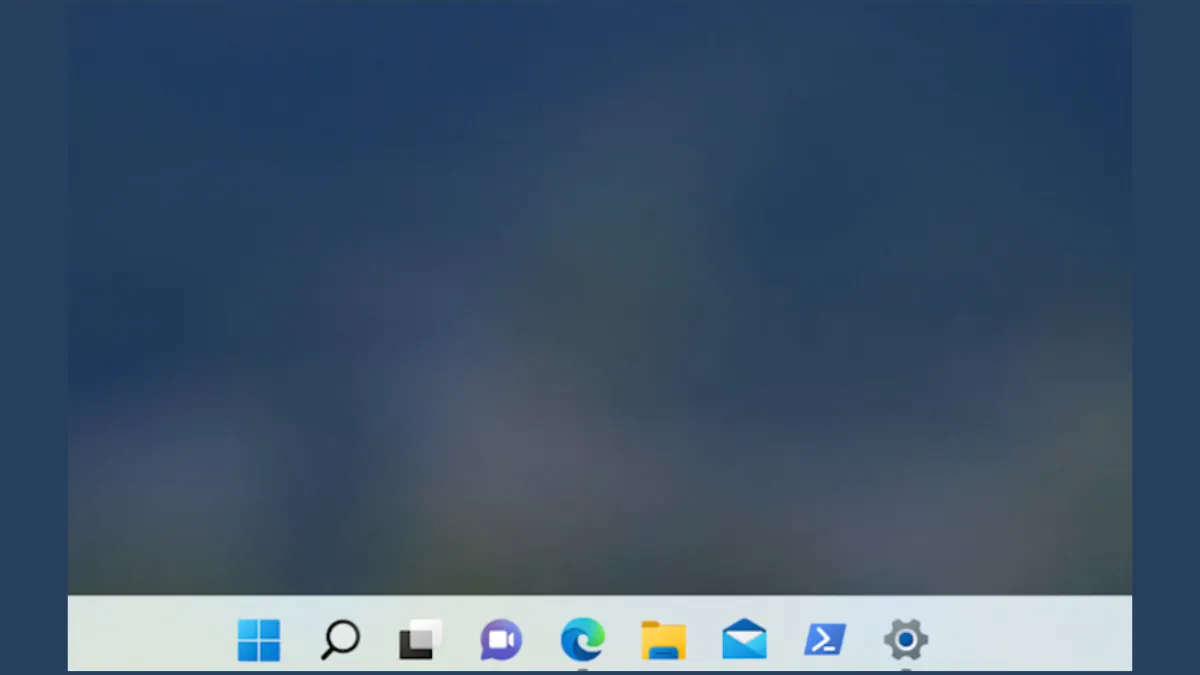Clicking on minimized apps in the Windows 11 taskbar usually restores them immediately. However, some users discover that clicking these taskbar icons does nothing, leaving apps stuck minimized and inaccessible. This issue disrupts workflow by forcing users to rely on alternative methods to access applications. Fortunately, a few practical troubleshooting steps can quickly fix this problem and restore normal taskbar functionality.
Method 1: Restart Windows Explorer Process
Step 1: Press Ctrl + Shift + Esc to open Task Manager quickly. Alternatively, you can right-click the Start button and select "Task Manager" from the menu.
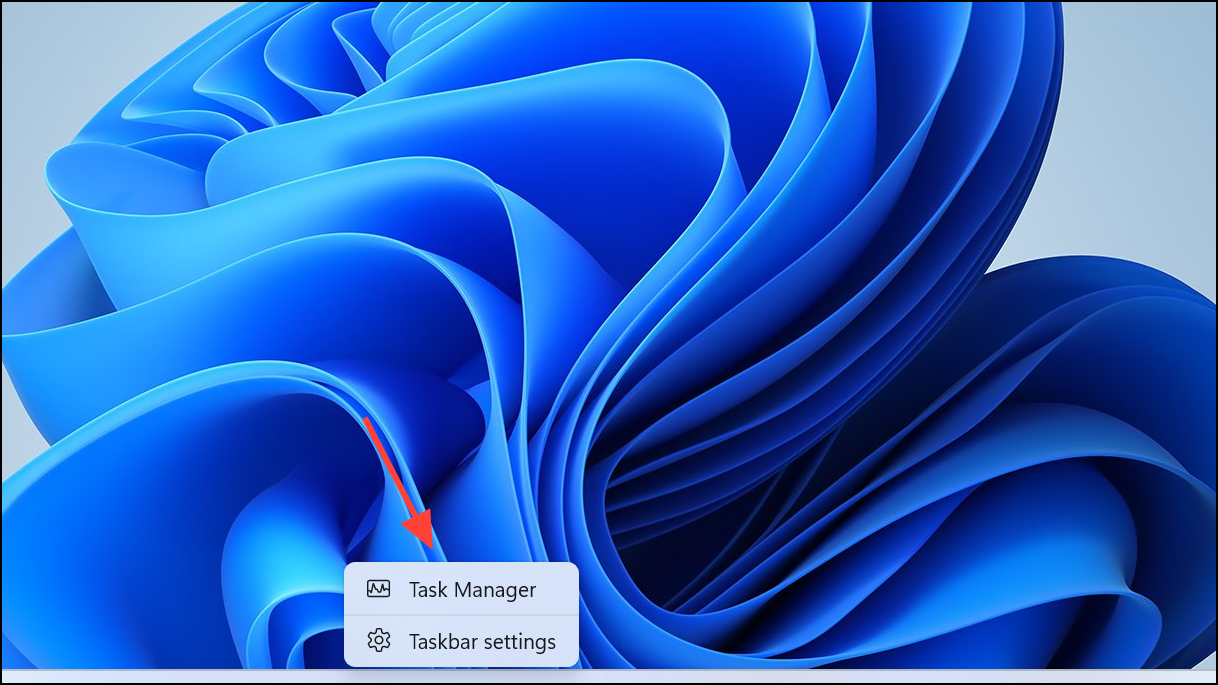
Step 2: In the Task Manager window, scroll down under the "Processes" tab and locate "Windows Explorer." Click on it once to select it.
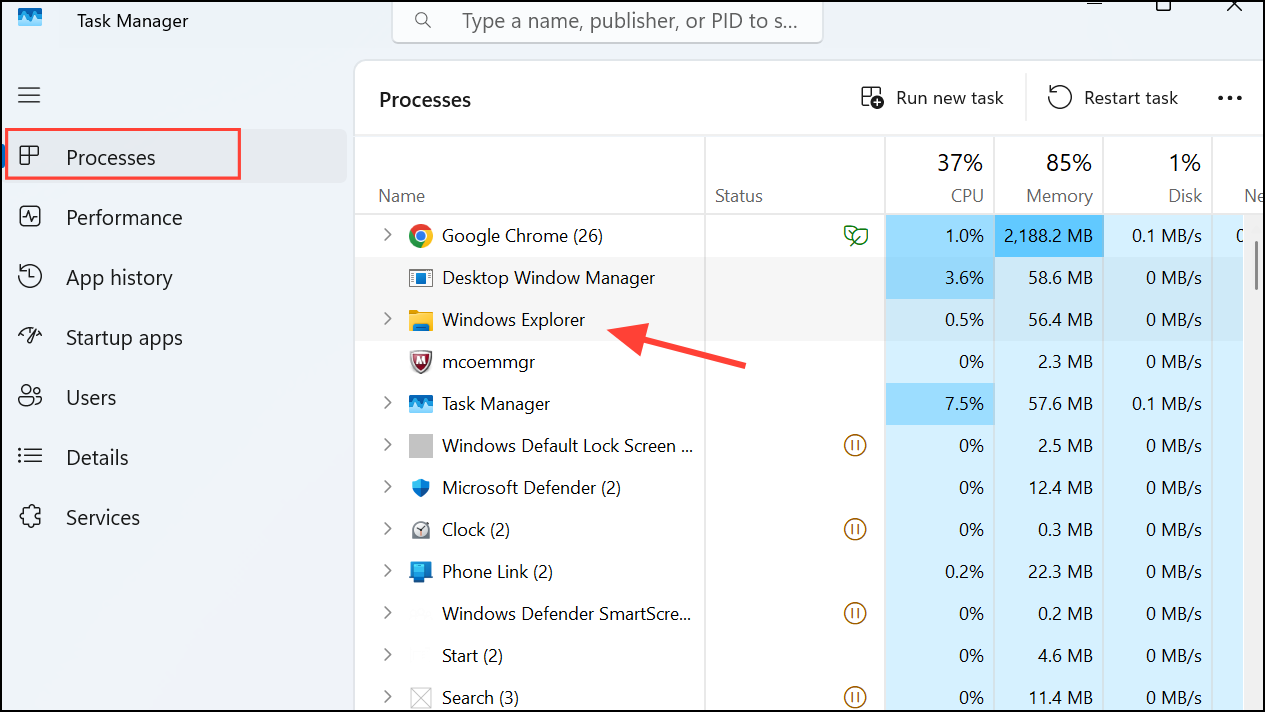
Step 3: After selecting Windows Explorer, click the "Restart task" button located near the top-right corner of the Task Manager window. This action restarts your taskbar and desktop environment, usually resolving temporary glitches preventing minimized apps from reopening.
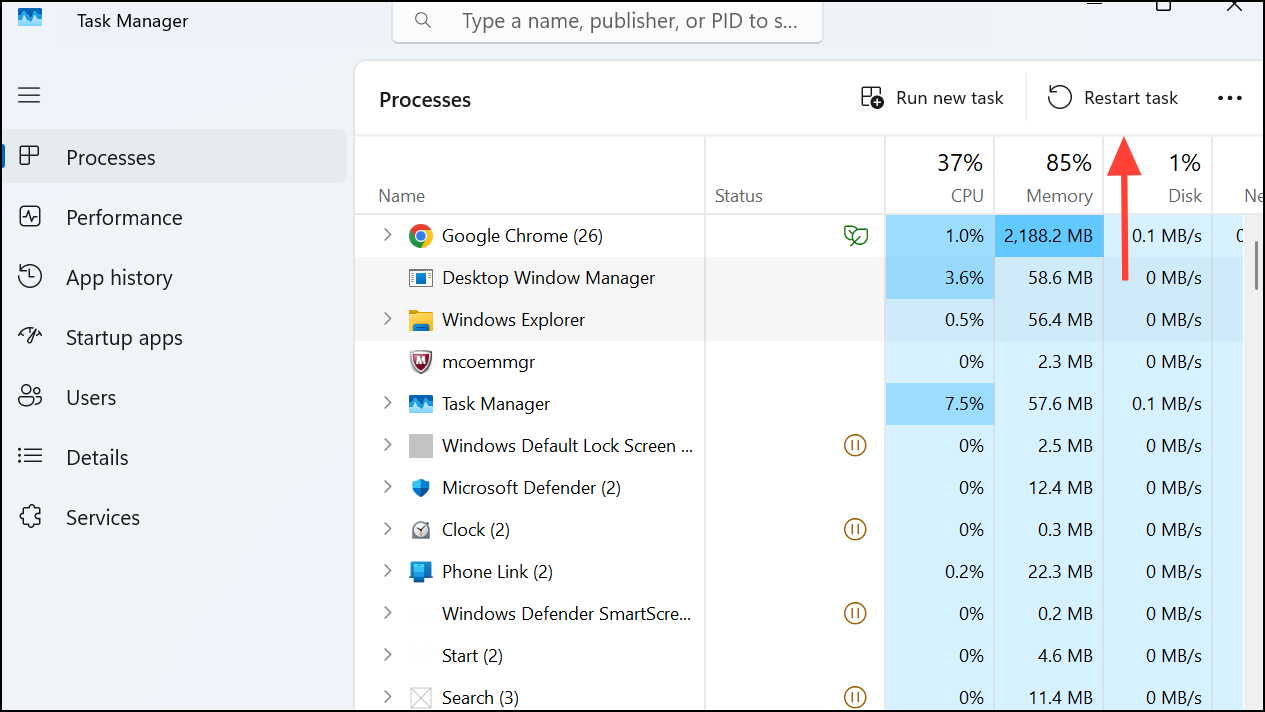
After Windows Explorer restarts, try clicking on the minimized apps again from the taskbar to verify the issue is resolved.
Method 2: Run the Windows Troubleshooter for Taskbar Issues
Step 1: Click the Start button and select "Settings" (the gear icon). Alternatively, press Windows + I on your keyboard to open Settings directly.
Step 2: In the Settings window, select "System" from the sidebar, then click "Troubleshoot" and select "Other troubleshooters."
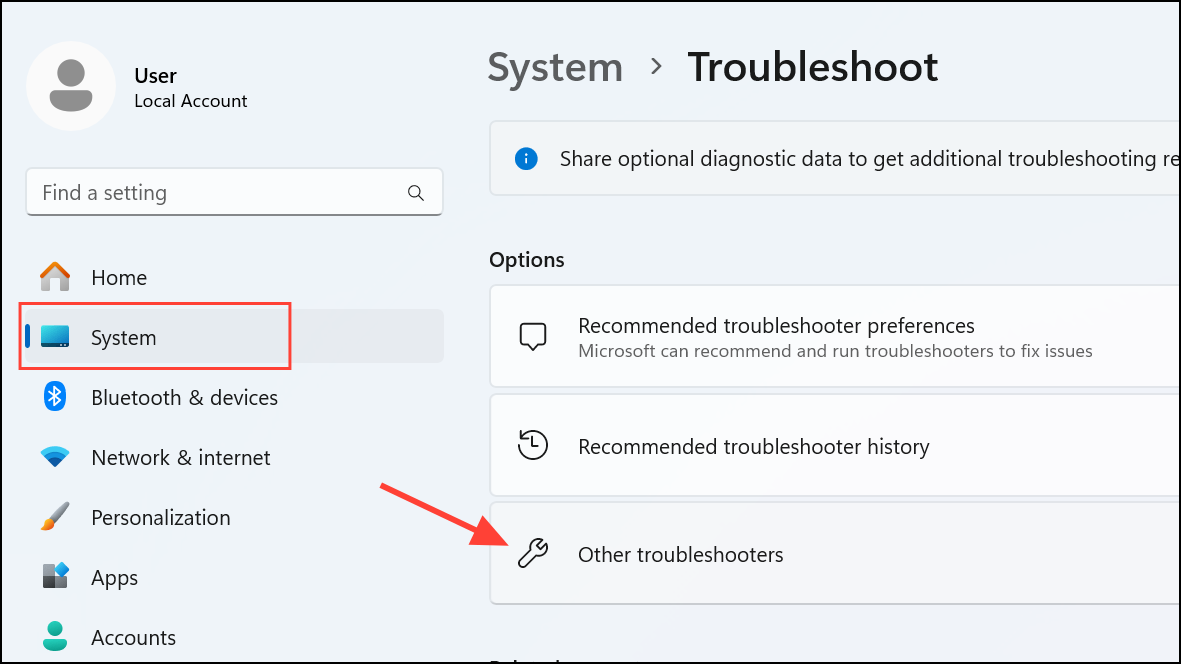
Step 3: Scroll down and find the "Windows Store Apps" troubleshooter. Click "Run" next to it. Although primarily designed for apps from Microsoft Store, this troubleshooter also addresses common taskbar-related issues.
Follow the on-screen instructions provided by the troubleshooter. Once the process completes, restart your computer and check if the taskbar behavior has improved.
Method 3: Update Windows 11 to the Latest Version
Step 1: Press Windows + I to open Settings. Select "Windows Update" from the sidebar.
Step 2: Click the "Check for updates" button. Windows will search for available updates. If updates are available, click "Download and install" to apply them.
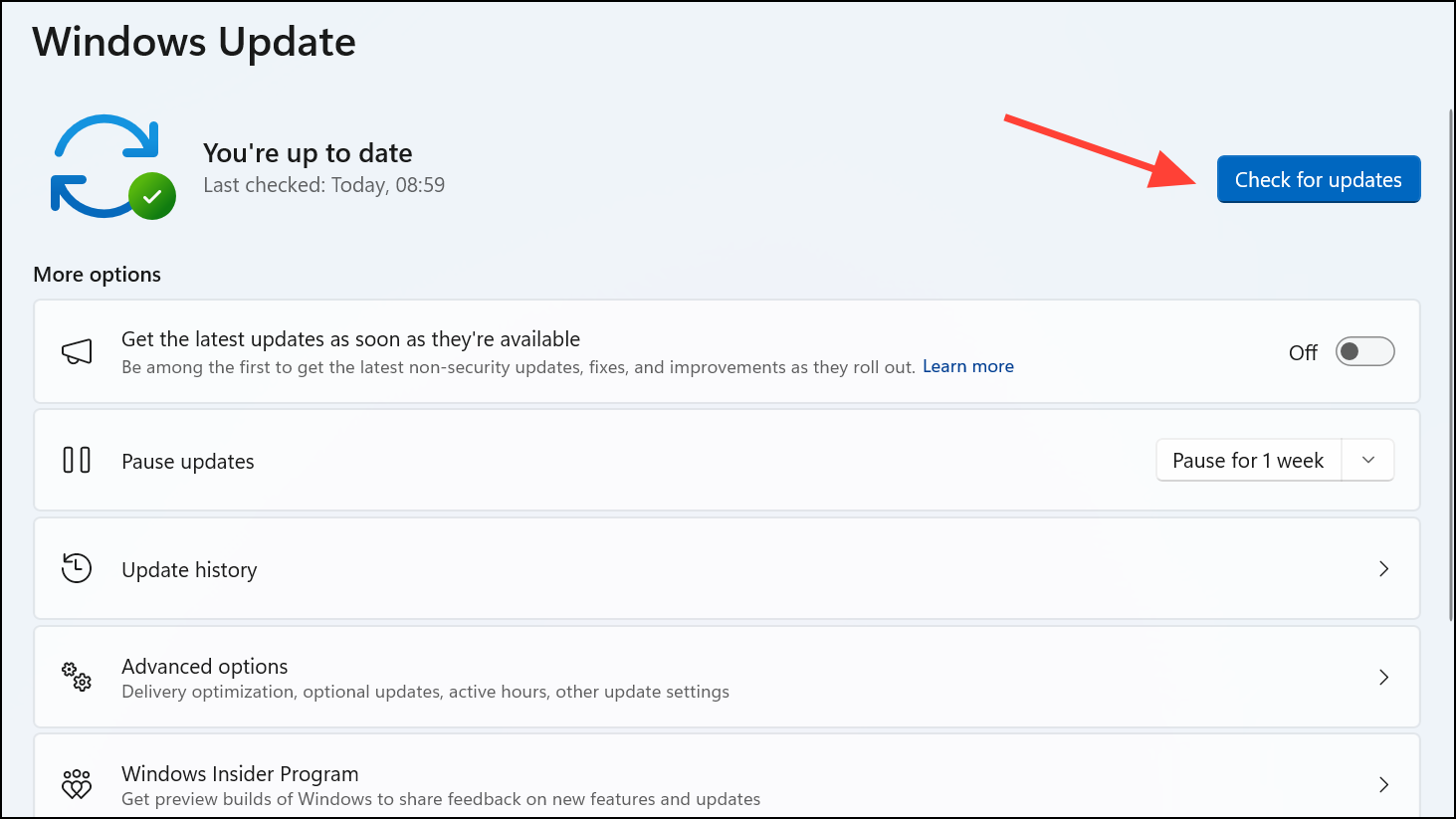
Keeping Windows 11 updated ensures you receive the latest bug fixes and improvements from Microsoft, potentially resolving the taskbar issue you're experiencing. After updates finish installing, restart your PC and check the taskbar functionality again.
Method 4: Re-register Taskbar Components via PowerShell
Step 1: Click the Start button, type "PowerShell," then right-click "Windows PowerShell" and select "Run as administrator."
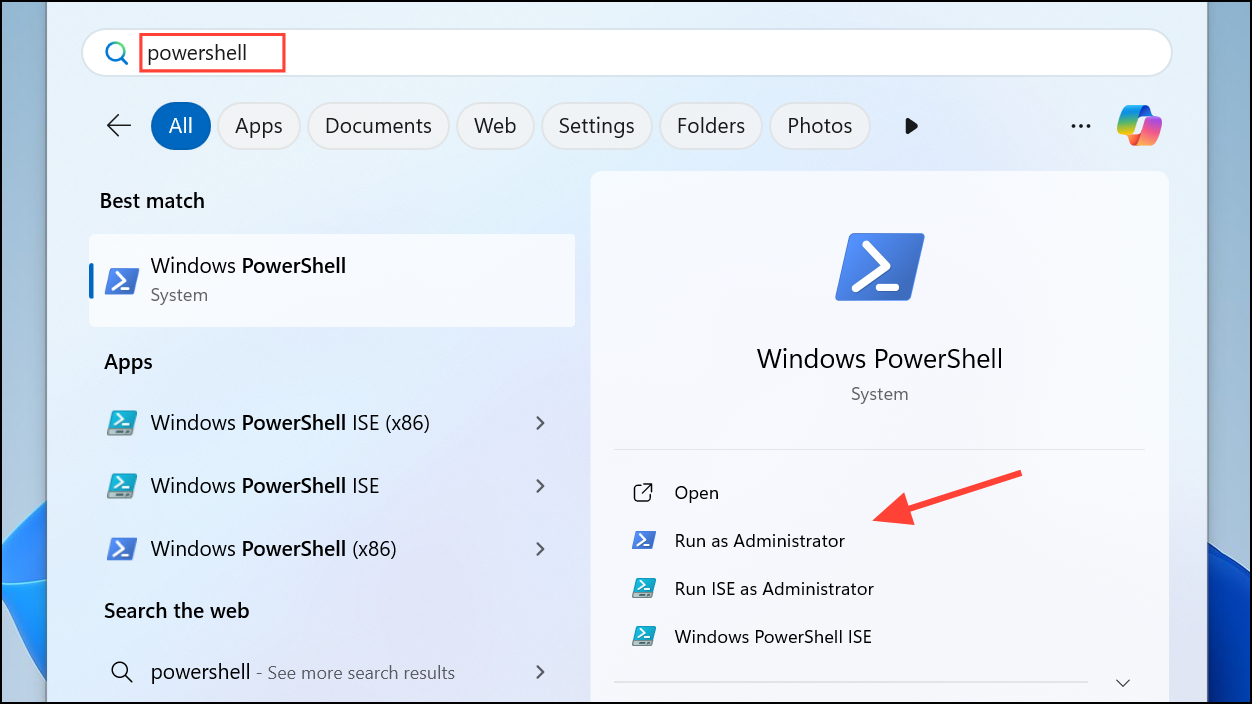
Step 2: To repair potential corruption or misconfiguration of taskbar components, copy and paste the following command into the PowerShell window, then press Enter:
Get-AppXPackage -AllUsers | Foreach {Add-AppxPackage -DisableDevelopmentMode -Register "$($_.InstallLocation)\AppXManifest.xml"}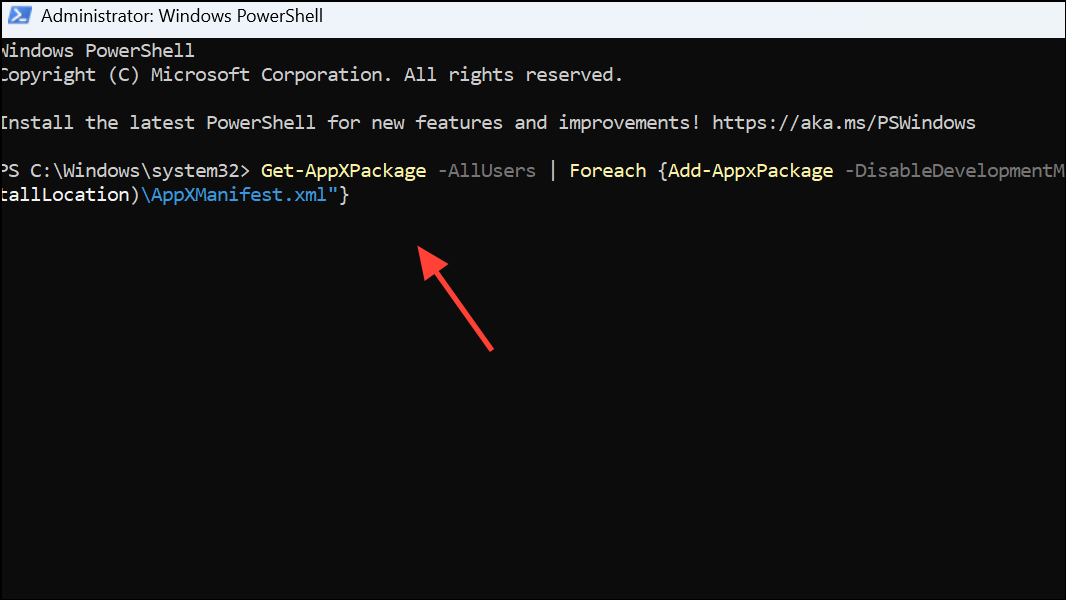
This command re-registers all built-in Windows apps and components, including the taskbar and Start menu, potentially resolving underlying issues causing the minimized app problem.
Once the command runs completely, restart your computer. After rebooting, test if the issue persists by minimizing and reopening apps from the taskbar.
Method 5: Adjust Taskbar Settings
Step 1: Right-click on an empty space in the taskbar and select "Taskbar settings."
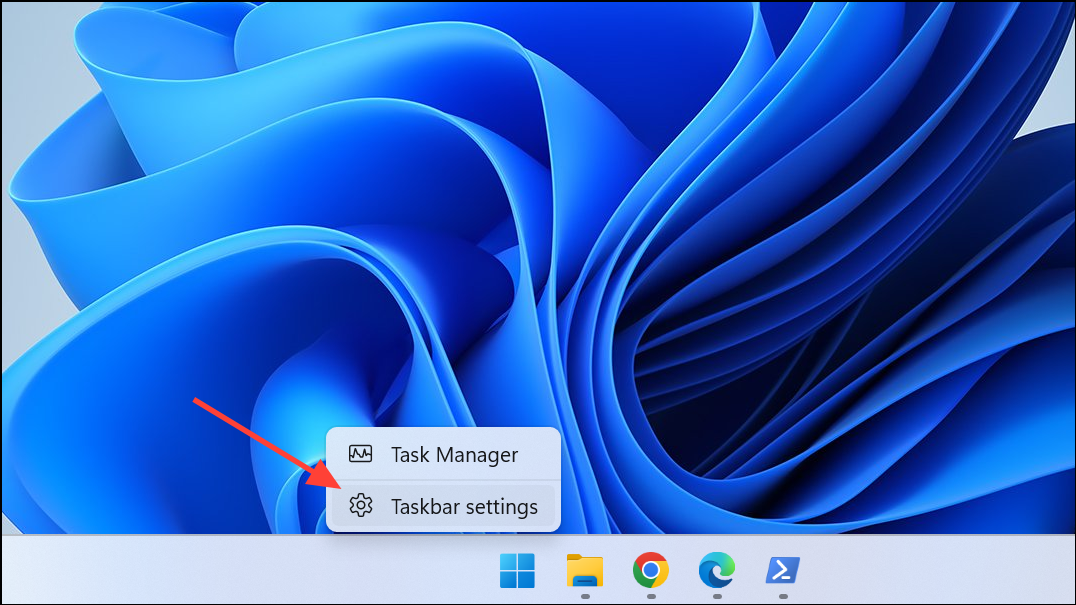
Step 2: Under the "Taskbar behaviors" section, toggle the settings "Automatically hide the taskbar" and "Show badges on taskbar apps" off and then back on. Changing these settings can refresh taskbar behavior and fix minor glitches.
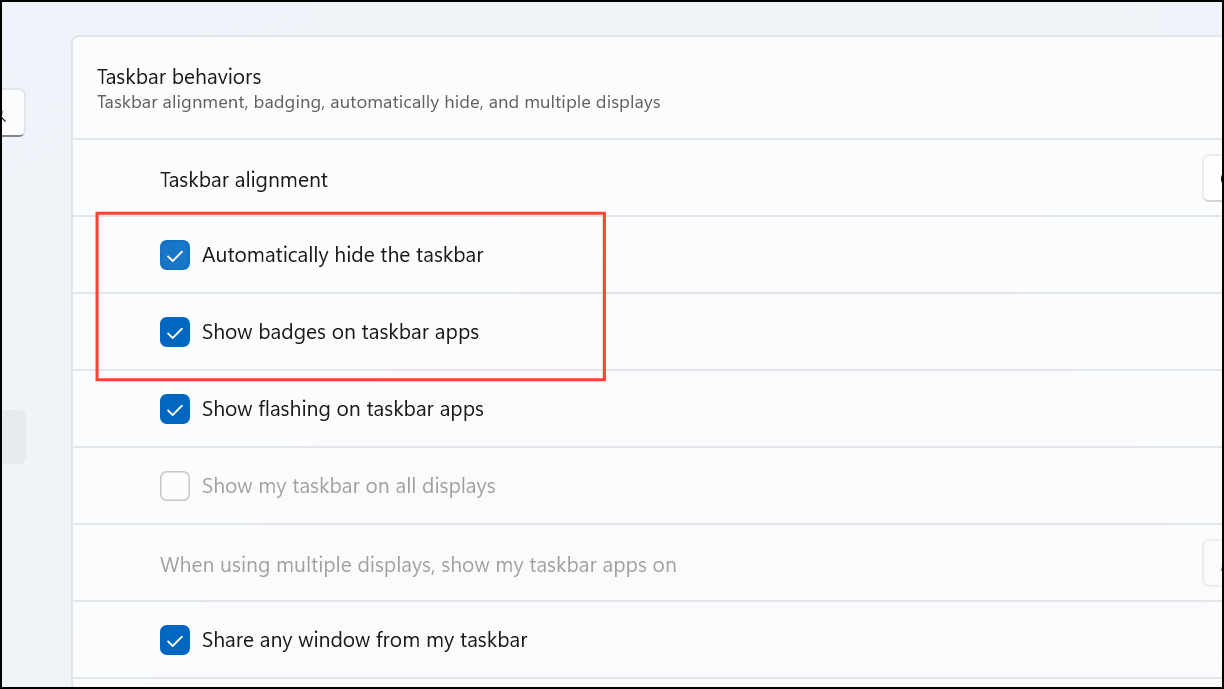
After adjusting these settings, close the settings window and test if you can now un-minimize apps normally from the taskbar.
After applying these methods, your taskbar should function correctly, allowing easy access to minimized apps again. Regularly updating your system and restarting Windows Explorer periodically can prevent similar issues in the future.

